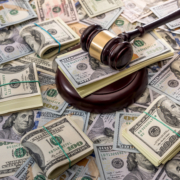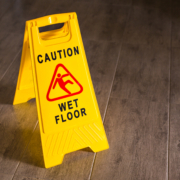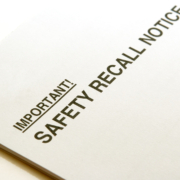Clickbait news stories often tell of people winning enormous settlements in personal injury lawsuits. The goal of these news stories is either to play on people’s fantasies of, “If only I could get injured under the right circumstances, I could be rich,” or to inspire outrage at plaintiffs bringing frivolous lawsuits about accidents that can be attributed to nothing more than dumb luck. More than 25 years after the fact, the personal injury case in which a judge ordered McDonald’s to pay Stella Liebeck nearly three million dollars in damages after she suffered third-degree burns as a result of spilling near-boiling hot coffee on her lap while sitting in a parked car is still the talk of the town. Seven-figure settlements are certainly not the norm. There are so many factors that go into determining the amount of damages. Just as no two accidents are alike, no two personal injury cases are alike.
Factors That Influence the Amount of Damages in a Personal Injury Case
Almost any personal injury claim involves the plaintiff requesting that the defendant assume responsibility for the medical expenses the plaintiff incurred as a result of the accident. It is easy to calculate the amount of medical expenses accurately; if you bring your medical bills to court, there is almost no room for debate. Likewise, compensation for lost income is quite a straightforward matter. Just multiply your salary or wages by the amount of time that you missed work because of your injuries.
Things get a little more complicated when it comes to calculating future income that the plaintiff will lose because of his or her injuries. How long until the plaintiff is well enough to go back to work? Will the plaintiff miss out on a raise or promotion because of having to miss work for several weeks or more? The highest amounts are reserved for very serious injuries in which the plaintiff will probably never be able to resume the career that he or she had before the accident.
Medical bills and lost income are called “economic damages,” but the amount awarded in non-economic damages is even more variable. Non-economic damages are compensation for pain and suffering, which are hard to quantify. One factor that influences non-economic damages is the severity of the injury. Generally, the type of accident (car accident, slip and fall, etc.) is not a major factor in determining the amount. Sometimes defendants are also required to pay punitive damages. The purpose of punitive damages is to pressure the defendant (usually a company) to change the circumstances that made the accident possible. For example, in the above case, the purpose of the punitive damages was to urge McDonald’s to serve its coffee at a temperature that is not hot enough to cause third-degree burns.
Contact Eric Schmidt About Your Personal Injury Case
The amounts awarded to plaintiffs in personal injury cases vary widely. Contact Eric Schmidt in Phoenix, Arizona about your personal injury case.
















